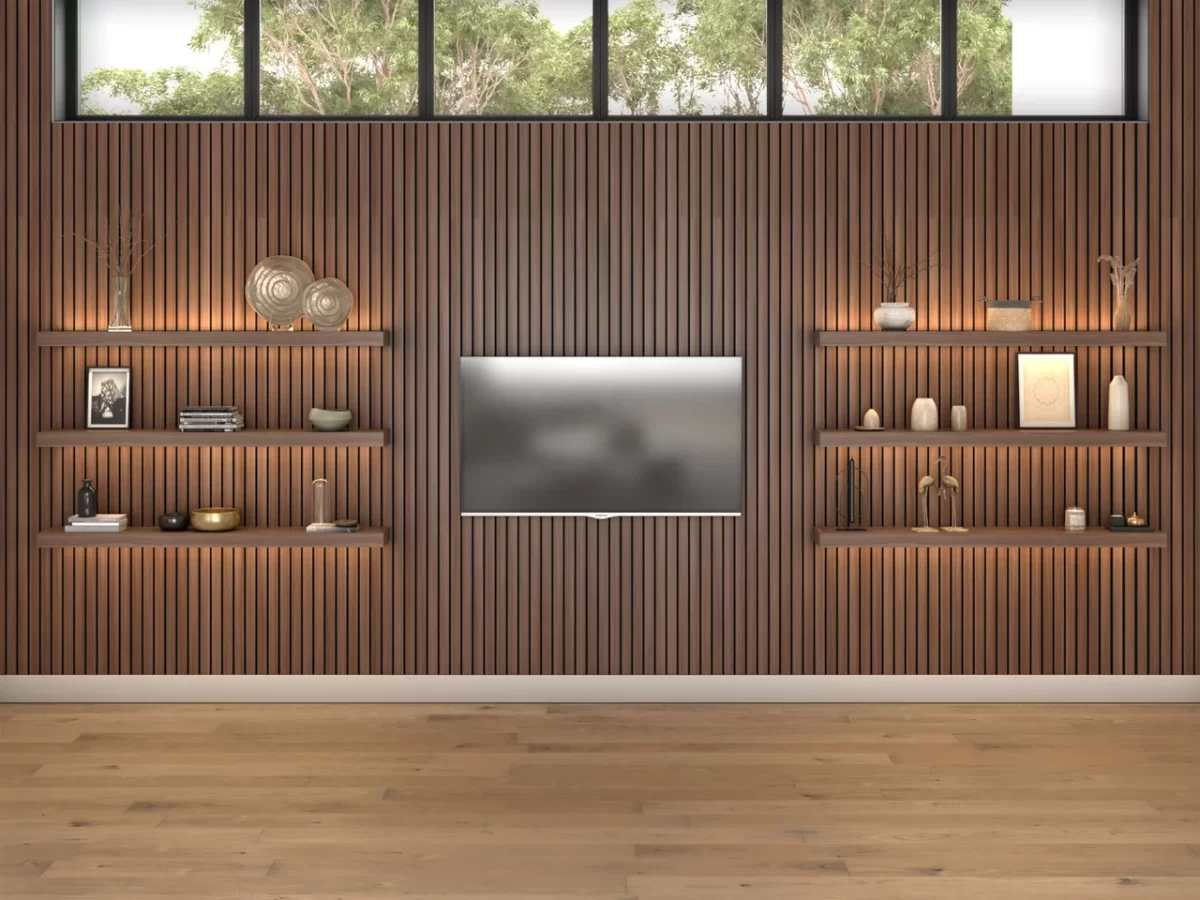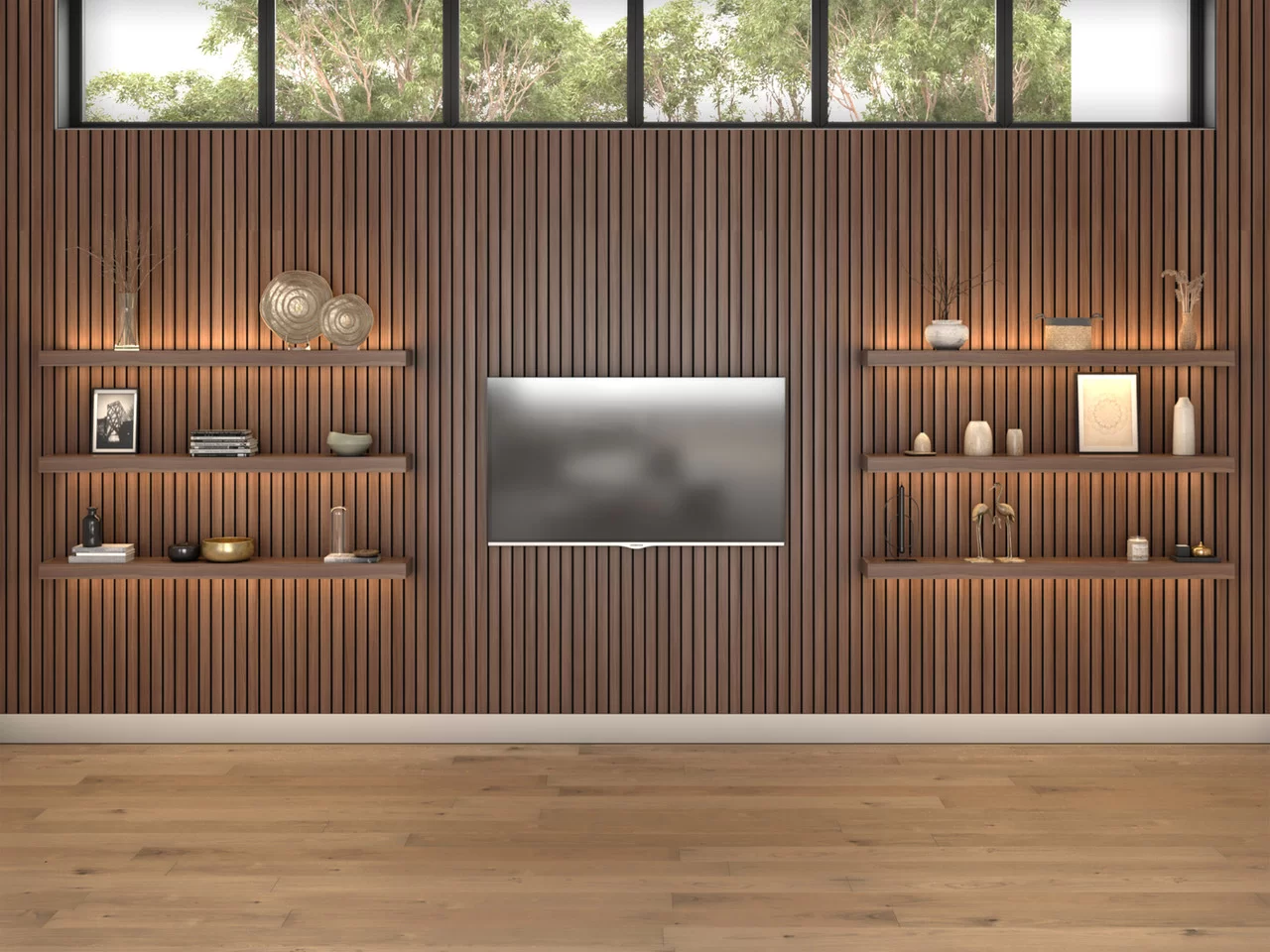
Pros & Cons of Acoustic & Non-Acoustic Wall Panels
Wall panels are no longer just a finishing touch in modern construction and interior design-they’re an integral part of how a space looks, feels, and functions. Whether you’re designing a corporate office, a school, a healthcare facility, or your dream home, your choice between acoustic and non-acoustic wall panels can significantly impact comfort, productivity, and aesthetics.
At Canada Plastics, we know that understanding the differences, advantages, and limitations of each panel type is crucial for making the right decision. In this in-depth guide, we’ll compare acoustic and non-acoustic wall panels, outline their pros and cons, and help you choose the best solution for your unique project.
What Are Acoustic Wall Panels?
Acoustic wall panels are engineered to absorb and reduce sound. They’re constructed from materials like mineral wool, fiberglass, foam, or wood composites, often wrapped in fabric, wood veneer, or durable PVC. Their main purpose is to manage sound waves-reducing echo, reverberation, and noise transfer between rooms.
Where are they used?
You’ll find acoustic panels in offices, schools, hospitals, home theaters, restaurants, and anywhere else where sound quality and noise reduction are priorities. At Canada Plastics, our acoustic wall panels are designed with both performance and style in mind.
Pros of Acoustic Wall Panels
- Superior Noise Reduction – Acoustic panels absorb mid-to-high-frequency sounds, reducing echo and background noise. This is essential for open-plan offices, conference rooms, classrooms, and home theaters where clear communication and focus matter.
- Enhanced Comfort and Productivity – By controlling noise, acoustic panels help create a more comfortable environment. Employees can concentrate better, students learn more effectively, and guests enjoy a more pleasant experience.
- Design Versatility – Modern acoustic panels come in a wide range of finishes and colors, from minimalist fabric wraps to striking wood slat designs. They can blend in or become a visual feature, depending on your design goals.
- Thermal Insulation – Many acoustic panels also provide an extra layer of thermal insulation, helping to regulate room temperature and improve energy efficiency.
- Easy Installation – Most acoustic panels are lightweight and can be installed directly onto existing walls or ceilings, making them a practical choice for renovations and retrofits.
Cons of Acoustic Wall Panels
- Higher Upfront Cost – Quality acoustic panels often cost more than non-acoustic options, especially those made with premium materials or custom finishes.
- Space Considerations – To be effective, acoustic panels need a certain thickness, which can slightly reduce usable space-an important factor in small rooms.
- Maintenance Needs – Fabric-wrapped panels may require regular vacuuming or occasional professional cleaning to maintain their appearance and performance.
- Limited Structural Use – Acoustic panels are not designed to be load-bearing or to withstand high-impact environments. They’re best used as a finishing layer rather than a structural component.
What Are Non-Acoustic Wall Panels?
Non-acoustic wall panels are designed primarily for aesthetics, durability, and ease of maintenance. They’re made from materials like PVC, acrylic, MDF, or fiberglass reinforced plastic (FRP) wall sheets and are often chosen for their visual appeal, water resistance, and cost-effectiveness.
Where are they used?
Non-acoustic panels are ideal for areas where noise control isn’t a priority-think bathrooms, kitchens, retail stores, lobbies, and exterior facades. Explore our PVC wall panels for a wide range of stylish, water-resistant solutions.
Pros of Non-Acoustic Wall Panels
- Budget-Friendly – Non-acoustic panels are generally less expensive than their acoustic counterparts, making them a popular choice for large projects or budget-conscious renovations.
- High Durability – Materials like PVC and aluminum composite are resistant to moisture, UV rays, and physical wear. This makes them perfect for high-traffic areas, wet rooms, or outdoor use.
- Easy Maintenance – Non-acoustic panels are simple to clean-just wipe them down with a damp cloth. This low-maintenance quality is especially valuable in healthcare, hospitality, and food service environments.
- Design Flexibility – These panels can mimic the look of wood, stone, or metal without the associated maintenance. They’re available in a variety of colors, textures, and patterns to suit any design vision.
- Space-Saving – Many non-acoustic panels are ultra-thin, making them ideal for spaces where every inch counts.
Cons of Non-Acoustic Wall Panels
- No Sound Control – Non-acoustic panels do not absorb sound; in fact, they often reflect it, which can make echo and noise problems worse in large or open spaces.
- Limited Insulation – These panels don’t offer significant thermal or acoustic insulation, so you may need to add separate layers for climate or noise control.
- Environmental Concerns – Some PVC panels may emit volatile organic compounds (VOCs) when exposed to high temperatures. Always choose high-quality, certified products to minimize this risk.
- Less Customization for Acoustics – If your needs change and you require sound control, retrofitting non-acoustic panels with acoustic properties can be challenging.
Key Considerations: Which Panel Is Right for Your Space?
- Purpose of the Room
- Acoustic panels are best for spaces where noise reduction, privacy, or sound clarity are important: offices, classrooms, recording studios, and restaurants.
- Non-acoustic panels are ideal for visual impact and durability in bathrooms, kitchens, hallways, retail stores, and exterior cladding.
- Budget
- If cost is a primary concern and noise isn’t an issue, non-acoustic panels are the economical choice.
- For environments where sound quality matters, investing in acoustic panels pays off in comfort and productivity.
- Maintenance
- Choose non-acoustic panels for areas exposed to moisture, spills, or frequent cleaning.
- Acoustic panels, especially those with fabric finishes, require more careful maintenance.
- Aesthetics
- Both panel types offer a range of finishes, but acoustic panels now come in more stylish, modern designs than ever before.
- Non-acoustic panels offer the broadest range of textures and faux finishes, from woodgrain to marble.
- Installation Environment
- For wet rooms, kitchens, or exteriors, opt for moisture-resistant non-acoustic panels.
- For boardrooms, libraries, or theaters, acoustic panels will deliver the best results.
Combining Both Panel Types for Optimal Results
In many projects, the best solution is a hybrid approach. For example:
- Use acoustic panels in meeting rooms, open-plan offices, or auditoriums to control noise.
- Install non-acoustic PVC panels in bathrooms, kitchens, or hallways for easy cleaning and moisture resistance.
- In multi-purpose spaces, combine both types to balance sound control and durability.
Material Comparison Table
| Feature | Acoustic Panels | Non-Acoustic Panels |
| Noise Reduction | Yes | No |
| Thermal Insulation | Moderate | Low |
| Cost | Higher | Lower |
| Durability | Moderate | High |
| Maintenance | Moderate | Easy |
| Best For | Offices, studios, theaters | Bathrooms, retail, exteriors |
| Design Options | Increasingly diverse | Very broad |
| Installation | Moderate | Easy |
Expert Recommendations
- Prioritize Your Needs – If your space requires a quiet, comfortable environment-such as an office, classroom, or healthcare facility-acoustic panels are a wise investment. For areas exposed to moisture or heavy use, non-acoustic panels are more practical.
- Don’t Sacrifice Style for Function – Modern acoustic panels come in a variety of finishes, including wood slats and geometric designs, so you don’t have to compromise on aesthetics.
- Consider Fire and Building Codes – Always select panels that meet local fire safety and building code requirements. For more on building codes and soundproofing, see this comprehensive overview.
Consult the Experts
At Canada Plastics, our team can help you assess your needs and recommend the best panel solution for your project. Explore our full range of decorative wall panels for inspiration.
Conclusion: Making the Right Choice
Acoustic and non-acoustic wall panels each offer distinct advantages and are suited to different applications. Acoustic panels are essential for noise control and comfort in sound-sensitive environments, while non-acoustic panels provide durability, easy maintenance, and design flexibility for visually-driven spaces.
Before making your decision, consider the function of your space, your budget, and your design goals. If you’re still unsure, our experts at Canada Plastics are here to help you find the ideal solution-whether it’s high-performance acoustic panels, stylish PVC panels, or a combination of both.
Upgrade your walls with panels that deliver both form and function. Visit Canada Plastics today to explore our complete selection of wall panel solutions.



 What Are Acoustic Wall Panels and How Do They Work?
What Are Acoustic Wall Panels and How Do They Work?